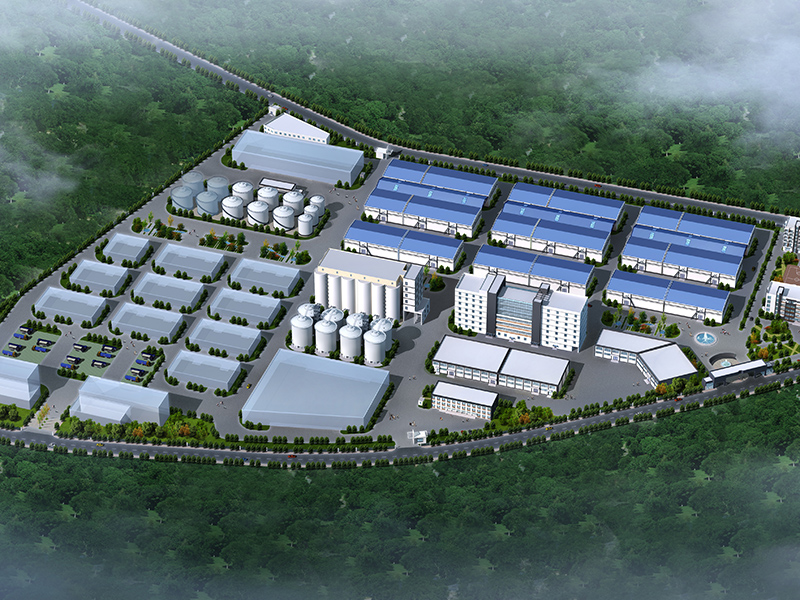Starting your own flour mill is an exciting venture, but choosing the right machines can be overwhelming. With so many different types of equipment available, how do you know which one is right for your flour mill? The answer is simple: the machines you choose should depend on the type of flour you want to produce, the volume of production, and your budget.

This guide will break down the key machines you need in a flour mill and help you make the best decision for your specific needs. You don’t need to worry about sifting through endless options – after reading this, you’ll know exactly what you need to get your flour mill up and running smoothly.
Key Machines You Need in a Flour Mill
Let’s break down the essential machines you’ll need for a basic flour mill setup. It’s not just about grinding wheat into flour; it’s about doing it efficiently and at scale. Here’s what you’ll need:
1. Cleaning Machines
Before you start grinding, your wheat needs to be thoroughly cleaned. A cleaning system is essential to remove impurities like dust, stones, and other debris from the grain. This ensures that your flour is high-quality and free from contamination.
- TSCY Drum Type Pre-cleaning Sieve: This machine will remove larger impurities from the grain.
- TQLZ Vibration Sieve: This will sift out smaller particles and ensure that only clean wheat goes into the milling process.
Think of this step like washing vegetables before cooking – it’s about ensuring that what you put into the mill is as pure as possible.
2. Conditioning Machines
Conditioning is essential to prepare the wheat for milling. It involves adding the right amount of moisture to the wheat to make it easier to mill and ensure you get the best flour texture.
- FZSQa High Efficiency Wheat Dampener: This machine adjusts the moisture level in the wheat to make sure it’s perfect for milling.
It’s like soaking rice before cooking it – a little moisture helps the grain break down properly.
3. Milling Machines (Grinding Machines)
This is the heart of your flour mill. Milling machines grind the wheat into flour. The type of milling machine you choose will depend on the scale of your operation and the quality of flour you want to produce.
- MMR Type Roller Mill: This is ideal for smaller to medium-scale mills and provides consistent results.
- FSFG 640 Plansifter: After milling, this machine separates the flour and sifts out any larger particles that need further grinding.
The milling process is like using a coffee grinder – the grain is crushed and ground into finer particles, but the process needs to be controlled to avoid over-grinding or under-grinding.
4. Sifting Machines
After milling, the flour needs to be sifted to separate the fine flour from the coarser bran particles. The sifting process ensures your flour is smooth and ready for use.
- FSFPa Horizontal Bran Finisher: This machine removes the coarser bran to give you finer flour.
- FSZW Vibrating Rotary Screen: Another type of sifter, ideal for separating finer flour from the larger particles.
You can think of this as straining a soup to make it smooth – only the finest flour is allowed through.
5. Packaging Machines
Once you’ve got your finished flour, you need a way to pack it efficiently for distribution. This is where packaging machines come in.
- SPLC Type Batching Scale: Used for accurately measuring and packing flour into bags or containers.
This is like the final step in cooking when you serve the meal – it’s about getting the final product ready for your customers.
Other Considerations for Your Flour Mill Setup
- Power Supply: Make sure your machines are compatible with your power supply, and consider energy-efficient options if you’re looking to cut costs in the long run.
- Space Requirements: Each machine will need its own space, so plan your layout carefully. Consider airflow, maintenance access, and space for future expansion.
- Maintenance and Support: Choose machines that are easy to maintain and come with good after-sales support. You don’t want to be stuck with broken equipment during peak production times.
Why These Machines Matter
Choosing the right machines for your flour mill is crucial for efficiency, consistency, and the quality of your final product. Whether you’re producing high-grade flour for baking or coarser flour for other food products, having the right equipment ensures that you meet production goals without sacrificing quality.
FAQs
Q: Do I need all of these machines in my flour mill?
A: While these machines form the core of a flour mill, you can scale up or down depending on your needs. If you’re starting with a smaller mill, you might only need a few of these machines to get started.
Q: How do I choose the best milling machine for my mill?
A: The best milling machine depends on the type of flour you want to produce and the volume you need. Smaller mills typically use roller mills, while larger mills might require more advanced equipment like plansifters and bran finishers.
Q: What is the lifespan of these machines?
A: With proper maintenance, most milling machines can last for several years. Regular cleaning and servicing will keep them running smoothly and reduce the need for costly repairs.
